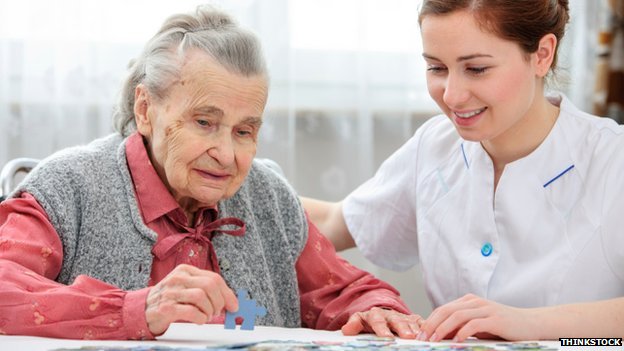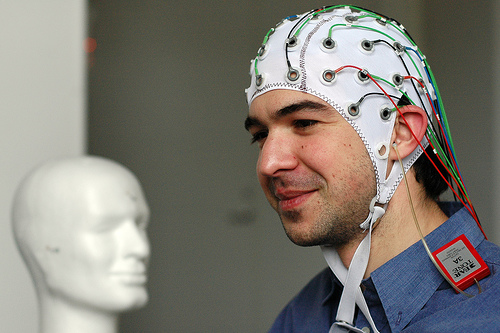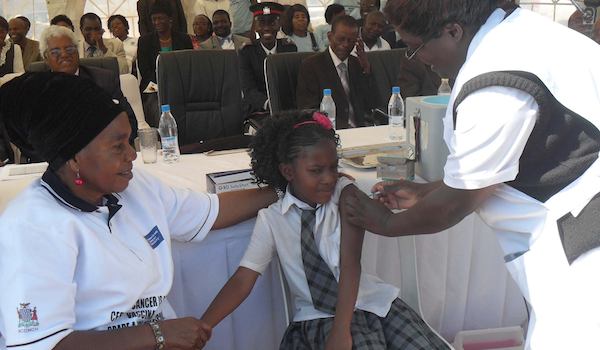
Office workers who spend long hours looking at computer screens have changes in their tear fluid similar to people with the disease known as dry eye, according to a study from Japan.
The protein MUC5AC, secreted by cells in the upper eyelid, makes up part of the normally occurring mucus layer, or “tear film,” that keeps the eye moist. But study participants with the most screen time had MUC5AC levels nearing those of people with diagnosed dry eye.
“To understand patients’ eye strain, which is one of major symptoms of dry eye disease, it is important that ophthalmologist pay attention to MUC5AC concentration in tears,” said Dr. Yuichi Uchino, an author of the new study.
Uchino is an ophthalmologist at the School of Medicine at Keio University in Tokyo.
“When we stare at computers, our blinking times decreased compared to reading a book at the table,” he told Reuters Health by email.
People staring at screens also tend to open their eyelids wider than while doing other tasks, and the extra exposed surface area in addition to infrequent blinking can accelerate tear evaporation and is associated with dry eye disease, he said.
Dry eye may be chronic for some but can be managed with over the counter or prescription eye drops.
Past research suggests that up to 5 million men and women over age 50 in the United States suffer from dry eye disease, the researchers write in their report. In Japan, tens of millions of people report some dry eye symptoms, often associated with computer work, they add.
The study team tested the tears from both eyes of 96 Japanese office workers, about two-thirds of them men, and measured how much of the total protein content of the tears was MUC5AC.
Workers employed in jobs involving computer screens filled out questionnaires about their working hours and symptoms of any eye problems.
Seven percent of men and 14 percent of women were diagnosed with ‘dry eye disease,’ meaning they reported symptoms of eye problems like irritation, burning or blurred vision and had poor quality or quantity of tear film, according to the tests.
Overall, participants looked at screens for work for just over eight hours a day and had an average of about 6.8 nanograms of MUC5AC per milligram of protein in each eye.
However, people who worked with computer screens for more than seven hours per day had an average of 5.9 ng/mg of MUC5AC, compared to 9.6 ng/mg for people who spent fewer than five hours daily with screens.
Similarly, people with definite dry eye disease had an average of 3.5 ng/mg of MUC5AC compared to 8.2 ng/mg for people without the disease.
“Mucin is one of the most important components of the tear film,” said Dr. Yuichi Hori, who was not a part of the new study. “Mucins (like MUC5AC) function to hold water on the ocular surface of the epithelia that synthesize them, hence, they are major players in maintenance of the tear film on the ocular surface,” Hori told Reuters Health by email.
He is chair of the department of Ophthalmology at Toho University Omori Medical Center in Tokyo.
Concentration of the protein was also lower for people with symptoms of eye strain than for people without symptoms, according to the results published in JAMA Ophthalmology.
People with dry eyes at work tend to be less productive and are more likely to be depressed, according to previous studies, Uchino said.
Office workers who are worried about dry eye can make some simple changes to decrease their risk, Uchino said.
“The exposed ocular surface area can be decreased by placing the terminal at a lower height, with the screen tilted upward,” Uchino said.
Doctors also recommend using a humidifier at the office and avoiding being in the direct path of the wind from an air conditioner, he said.
“We advise the office workers suffering from ocular fatigue and dry eye symptoms that they should blink more frequently in an intended manner during (screen use), and that they should use artificial tears,” Hori said.
“And they should ask an eye care doctor if their symptoms still remain.”
Source: fox news













